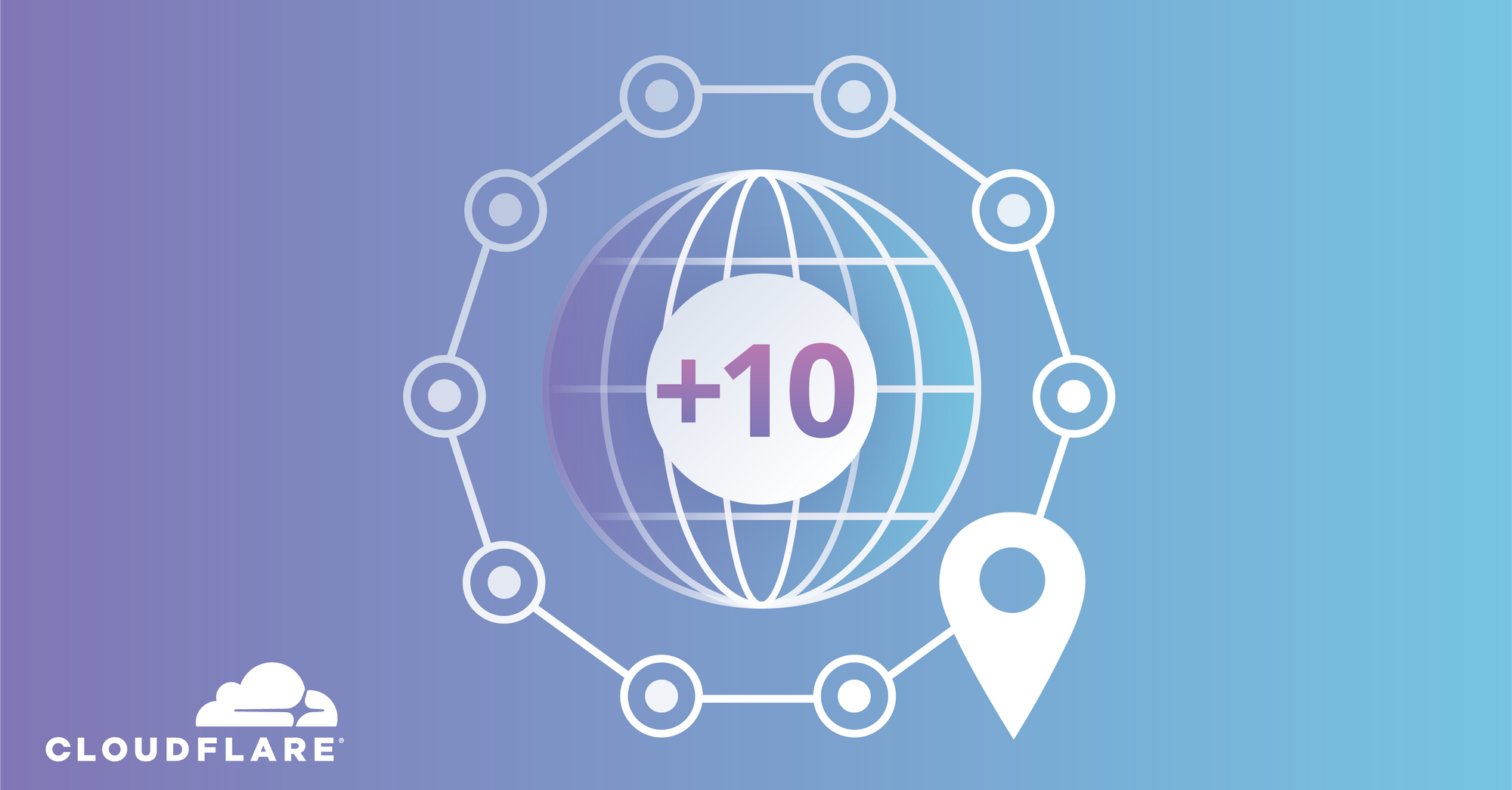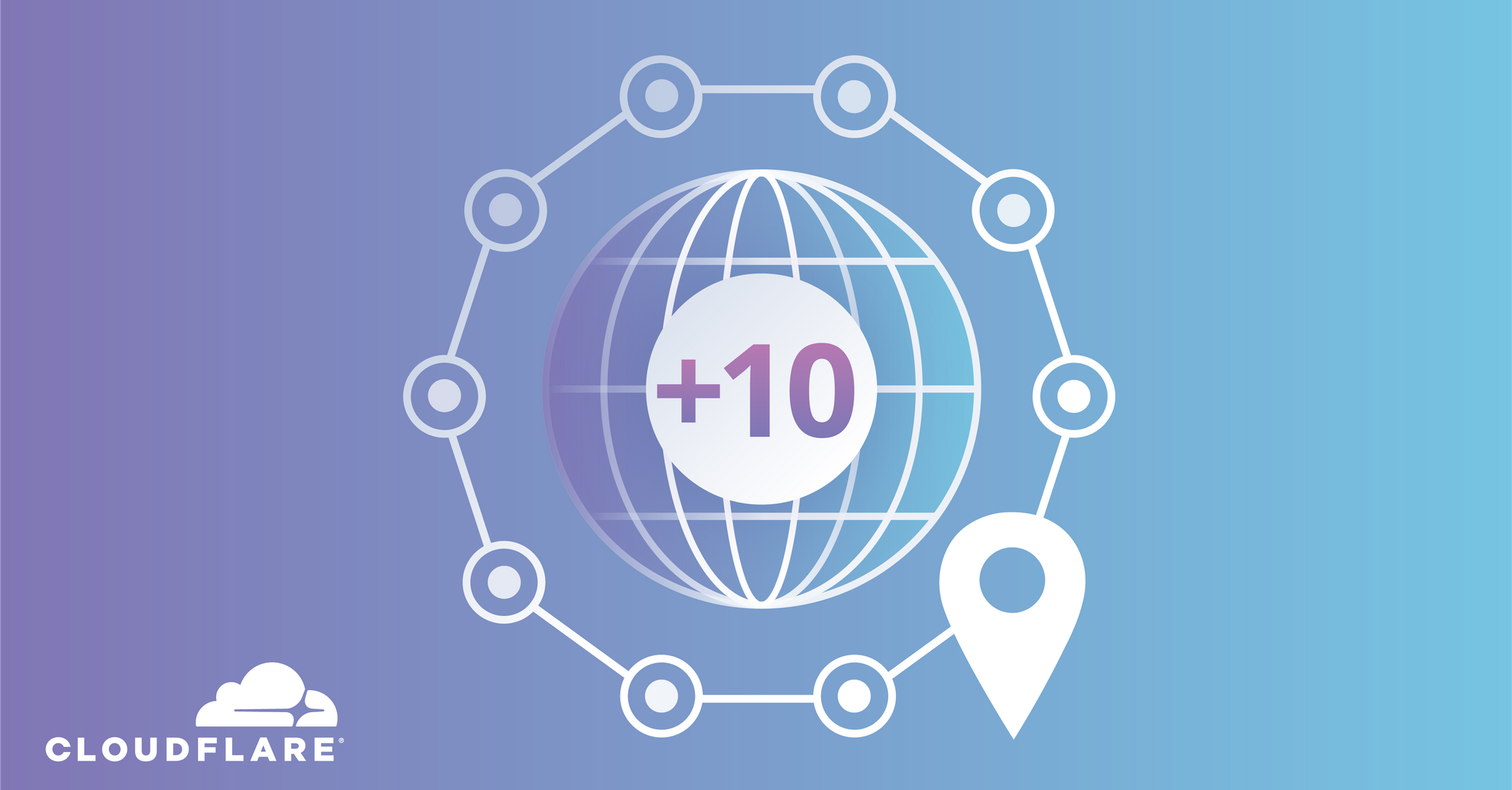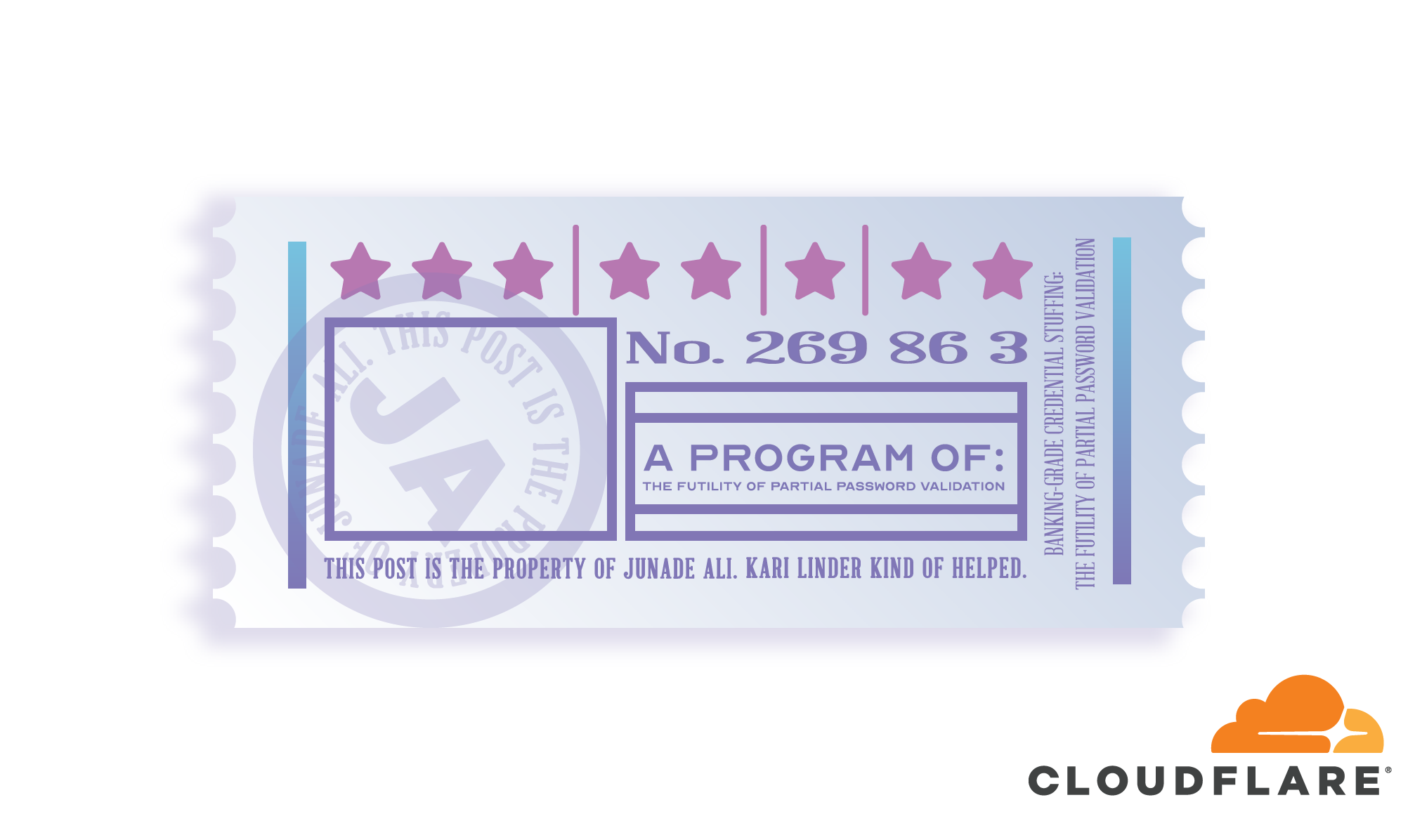Ericsson Turnaround Could Limit Growth Potential, Says TBR
 The report cited a divergent business path compared with Nokia and hinted at a potential upside for Ericsson due to continued geo-political issues for Huawei and ZTE.
The report cited a divergent business path compared with Nokia and hinted at a potential upside for Ericsson due to continued geo-political issues for Huawei and ZTE.
 The report cited a divergent business path compared with Nokia and hinted at a potential upside for Ericsson due to continued geo-political issues for Huawei and ZTE.
The report cited a divergent business path compared with Nokia and hinted at a potential upside for Ericsson due to continued geo-political issues for Huawei and ZTE.


Cloudflare is excited to announce the addition of ten new data centers across the United States, Bahrain, Russia, Vietnam, Pakistan and France (Réunion). We're delighted to help improve the performance and security of over 12 million domains across these diverse countries that collectively represent about half a billion Internet users.
Our global network now spans 165 cities, with 46 new cities added just this year, and several dozen additional locations being actively worked on.

Our expansion begins in the United States, where Cloudflare's 36th and 37th data centers in the nation serve Charlotte (North Carolina) and Columbus (Ohio) respectively. They are promising markets for interconnection, and join our existing deployments in Ashburn, Atlanta, Boston, Chicago, Dallas, Denver, Detroit, Houston, Indianapolis, Jacksonville, Kansas City, Las Vegas, Los Angeles, McAllen, Memphis, Miami, Minneapolis, Montgomery, Nashville, Newark, Norfolk, Omaha, Philadelphia, Portland, Richmond, Sacramento, Salt Lake City, San Diego, San Jose, Seattle, St. Louis, Tallahassee, and Tampa.

Cloudflare's Manama (Bahrain) data center, our 158th globally, further expands our Middle East coverage. A growing hub for cloud computing, including public sector adoption (with the Kingdom's "Cloud First" policy), Bahrain is attracting talent and investment in innovative companies.

Cloudflare's new Continue reading
 Service meshes could displace many L4-7 networking functions. But will they?
Service meshes could displace many L4-7 networking functions. But will they?


Recently when logging into one of my credit card providers, I was greeted by a familiar screen. After entering in my username, the service asked me to supply 3 random characters from my password to validate ownership of my account.

It is increasingly common knowledge in the InfoSec community that this practice is the antithesis of, what we now understand to be, secure password management.
For starters; sites prompting you for Partial Password Validation cannot store your passwords securely using algorithms like BCrypt or Argon2. If the service provider is ever breached, such plain-text passwords can be used to login to other sites where the account holder uses the same password (known as a Credential Stuffing attack).
Increased difficulty using long, randomly-generated passwords from Password Managers, leads to users favouring their memory over securely generated unique passwords. Those using Password Managers must extract their password from their vault, paste it somewhere else and then calculate the correct characters to put in. With this increased complexity, it further incentivises users to (re-)use simple passwords they can remember and count off on their fingers (and likely repeatedly use on other sites).
This is not to distinct thinking that originally bought us complex Continue reading

The “Youth Observatory” is a project created by the members of the Youth SIG of the Internet Society, which seeks to build a participative platform which uses different tools in order to bring the knowledge of the governance and the Internet’s principles to the youth, no matter the language, sex, race, religion, building new capacities among them. Participants: Juliana Novaes, Carlos Rubí, Ángel David Santiago, Eduardo Tome, Giovanna Michelato, Guilherme Alves, Isabela Inês, Jhon Caballero, Paula Côrte Real, Juan Pablo González, Augusto Luciano Mathurin, Renata Ribeiro.
 The Youth Observatory is a non-profit organization, made up of members of the Internet Society’s Special Interest Group (Youth – SIG), which seeks to build a participatory space where, through different platforms, tools and communication channels, young people can exchange knowledge about Governance and Internet principles.
The Youth Observatory is a non-profit organization, made up of members of the Internet Society’s Special Interest Group (Youth – SIG), which seeks to build a participatory space where, through different platforms, tools and communication channels, young people can exchange knowledge about Governance and Internet principles.
This organization was born in the context of the Youth@IGF 2015 initiative, a program led by Internet Society and the Internet Management Committee in Brazil (CGI.br) that tried to increase the participation of young people in areas of discussion on Internet Governance in Latin America and the Caribbean. At the time, the forum was attended by 120 young people from the region.
Since its creation, the Youth Observatory Continue reading

After almost a decade, the Internet Governance Forum (IGF) remains a cornerstone of international Internet and local governance with participation from over 140 countries. The approach of the IGF is simple: anyone who has a stake in the future of the Internet can go and be heard. It was founded and operates on the principles of being bottom-up, transparent, and inclusive.
At the Internet Society, we want to empower youth as a key force in reforming decision making approaches to deliver sound Internet policies that put people’s interests at the center. With the goal of having Youth Voices heard, together we must demand world leaders to break down the barriers that shut their voices out. With this in mind, and together with our partners, we have brought more than 200 youth to IGF 2015, 2016, 2017 and 2018, under the Youth@IGF program. This is part of our commitment to ensure that the next generation of Internet leaders are primed to advance an open, globally-connected, secure, and trustworthy Internet for everyone.

Some of the 50 Youth@IGF Fellows who attended this year’s IGF in Paris wanted to share with us their impressions of the Youth@IGF Program and the IGF.
Marko Paloski from Continue reading
Just like SIP trunking cut voice transport costs by 50%, SD-WAN can do the same, which is why there's so much hype.
Last week we published the first half of interview with Patrick Ogenstad, guest speaker in Spring 2019 Building Network Automation Solutions online course (register here). Here’s the second half.
ZTP is about provisioning. Can this include configuration as well?
You could argue that provisioning is a form of configuration and in that sense, provisioning can certainly include configuration. If your ZTP solution is good at configuration management is another question.
Read more ...Today's Datanauts episode, sponsored by HPE and Intel, explores how HPE helps companies unify their silos and build a modern IT infrastructure. Our guest is Garth Reid, Senior Strategist - Enterprise Portfolio at HPE.
The post Datanauts 154: Modernizing IT Infrastructure With HPE (Sponsored) appeared first on Packet Pushers.
Holidays are a great time of year to take a moment and reflect. In 2018 at VMware Networking & Security, we’ve had yet another exciting year for us—we’re very proud of many achievements. For example, NSX now being deployed by 82% of Fortune 100 companies is a substantial industry adoption data point. But rather than focus on those numbers, I wanted to take a moment to highlight one of our biggest accomplishments this year (in my opinion). Oh, and in case you missed some of those 2018 highlights, you can catch a replay of Tom Gillis’ keynote Building the Network of the Future with the Virtual Cloud Network from VMWorld US 2018.

Earlier this year (the end of April to be precise), at Dell Technologies World, we had our external launch of the Virtual Cloud Network. The problem statement was simple: our customers were embarking on a digital transformation journey in their respective lines of business and with those efforts came challenges around a new level of networking complexity. Their goal within their organizations was to move from centralized data centers to hyper-distributed centers of applications and data, typically spanning multiple locations, multiple geos, Continue reading

Right on the heels of DockerCon Europe, the Docker team was excited to be a part of KubeCon in Seattle last week for great conversations and collaboration with the Kubernetes community. In addition to our commitment to delivering a simple, integrated experience with Kubernetes in our Docker Desktop and Docker Enterprise products, we’re also excited by our work with the community at the very foundation of Kubernetes with projects like containerd and Notary/TUF and to talk container standards with the members of the Open Container Initiative (OCI). KubeCon is an opportunity for project maintainers to explain the status and roadmap of projects, but also to meet face to face and collaborate with contributors to determine what is next for cloud native applications.
The Docker and Kubernetes communities have been working together closely since Kubernetes was announced at DockerCon 2014. In line with our commitment to continue to make containerization technology like Kubernetes easier to use: a few weeks ago we open sourced Docker Compose on Kubernetes, a project that provides a simple way to define cloud native applications with a higher-level abstraction, the Docker Compose file. Docker Compose is a tool Continue reading

Krebs looked at how many Top 500 companies have security people in executive management roles
The post Response: A Chief Security Concern for Executive Teams appeared first on EtherealMind.